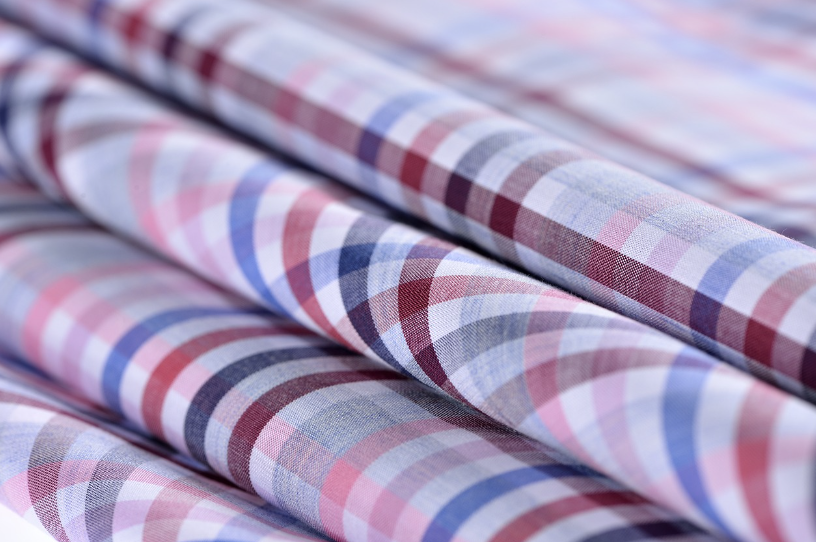How to Create a Geometric Logo for Fashion?

Contents
In the world of fashion, branding is everything. A unique, memorable logo can set a brand apart, and geometric designs are increasingly popular for their modern, minimalist appeal. But how do you create a geometric logo that truly captures the essence of your fashion brand? This guide will walk you through the process, from understanding the basics of geometric design to finalizing your logo.
Understanding Geometric Design
Geometric design is a style that utilizes simple geometric shapes to create complex, visually appealing designs. It’s a style that has been used in various forms throughout history, from the intricate mosaics of ancient Rome to the sleek, minimalist designs of modern architecture. In the context of logo design, geometric shapes can be used to create logos that are both visually striking and easy to recognize.
The key to successful geometric design is balance. Each shape in your design should complement the others, creating a harmonious whole. This balance can be achieved through careful consideration of size, color, and placement. It’s also important to consider the negative space in your design – the areas between and around your shapes. This space can be just as important as the shapes themselves in creating a balanced, visually appealing design.
Steps to Create a Geometric Logo
Step 1
Research and Inspiration: Before you start designing, it’s important to do some research. Look at other fashion brands, especially those that use geometric designs in their logos. What shapes do they use? How do they use color? What kind of balance do they achieve? This research can provide valuable inspiration for your own design.
It’s also important to consider your brand’s identity. What kind of image do you want to project? What are your brand’s values? Your logo should reflect these things. For example, if your brand is all about bold, avant-garde fashion, you might want to consider a logo with bold, dramatic shapes. On the other hand, if your brand is more about classic, timeless style, a more subtle, balanced design might be more appropriate.
Step 2
Sketching and Conceptualizing: Once you have a clear idea of what you want your logo to convey, it’s time to start sketching. Don’t worry about creating a perfect design at this stage – the goal is to experiment with different shapes and layouts, and see what works best. Try out different combinations of shapes, play with different sizes and proportions, and experiment with different placements.
As you sketch, keep in mind the principles of geometric design. Balance is key, and each shape should complement the others. Don’t forget to consider the negative space in your design – sometimes, the most effective designs are the ones that make clever use of this space.
Step 3
Digitalizing and Refining: Once you have a sketch that you’re happy with, it’s time to digitalize your design. There are many software options available for this, from professional tools like Adobe Illustrator to free online options. The key is to choose a tool that allows you to work with vector graphics, as these will give you the most flexibility and control over your design.
As you digitalize your design, take the opportunity to refine it. Adjust the size and placement of your shapes, experiment with different colors, and fine-tune your design until you’re happy with it. Remember, the goal is to create a logo that is both visually appealing and representative of your brand.
Finalizing Your Logo
Once you’re happy with your design, it’s time to finalize it. This means making sure that it works in different contexts – for example, it should look good both in color and in black and white, and it should be recognizable even at small sizes. It’s also a good idea to get feedback from others. Ask friends, family, or colleagues for their opinions, or consider hiring a professional designer to review your work.
Finally, remember that a logo is just one part of your brand’s identity. It should be consistent with the rest of your branding – for example, the colors in your logo should match the colors on your website and other marketing materials. By ensuring this consistency, you can create a strong, cohesive brand image that will help your fashion brand stand out in a crowded market.
Conclusion
Creating a geometric logo for your fashion brand can be a challenging but rewarding process. By understanding the principles of geometric design, researching and drawing inspiration from other brands, sketching and conceptualizing your ideas, and carefully refining and finalizing your design, you can create a logo that is both visually striking and representative of your brand’s unique identity.
Remember, a logo is more than just a pretty picture – it’s a visual representation of your brand. So take the time to create a logo that truly reflects your brand’s values and personality. With a bit of creativity and effort, you can create a geometric logo that will help your fashion brand make a lasting impression.
Ready to bring your fashion brand’s identity to life with a stunning geometric logo? With Boon, you’re just a few clicks away from a custom logo that embodies your style and vision. Our AI-driven platform takes your design preferences and turns them into a logo that’s not only eye-catching but also tells your brand’s unique story and engages your audience. Let’s make a logo! and watch your fashion brand flourish.

As our Chief SEO & Branding Strategist, Robert Ellison is a digital marketing visionary with over 25 years of experience transforming brands through smart, data-driven SEO and impactful storytelling. Known for his expertise in aligning technical SEO with authentic brand narratives, he leads our team in creating strategies that boost search rankings while building strong, sustainable brand identities. A trusted advisor and frequent industry speaker, Robert combines deep technical knowledge with creative insight, helping our clients not only reach the top of search results but also genuinely connect with their audiences.
